Want That Iconic V-Shape? It Starts With Your Dumbbells.
Ever notice how some physiques just stand out—broad shoulders, tight waist, and a strong, sculpted back? That’s the V-tapered look, and it’s not just for bodybuilders. It’s a sign of power, symmetry, and athleticism.
But here’s a truth bomb:
Most people overlook the back because they can’t see it in the mirror.
Big mistake. A well-trained back improves posture, prevents injury, enhances overall strength—and yes, makes your waist look smaller. The good news? You don’t need a full gym setup. With just a pair of dumbbells and smart programming, you can carve out a head-turning back.
Let’s dive into 11 effective dumbbell back workouts that will light up your lats, traps, and rhomboids—and help build that wide, tapered look you’re after.
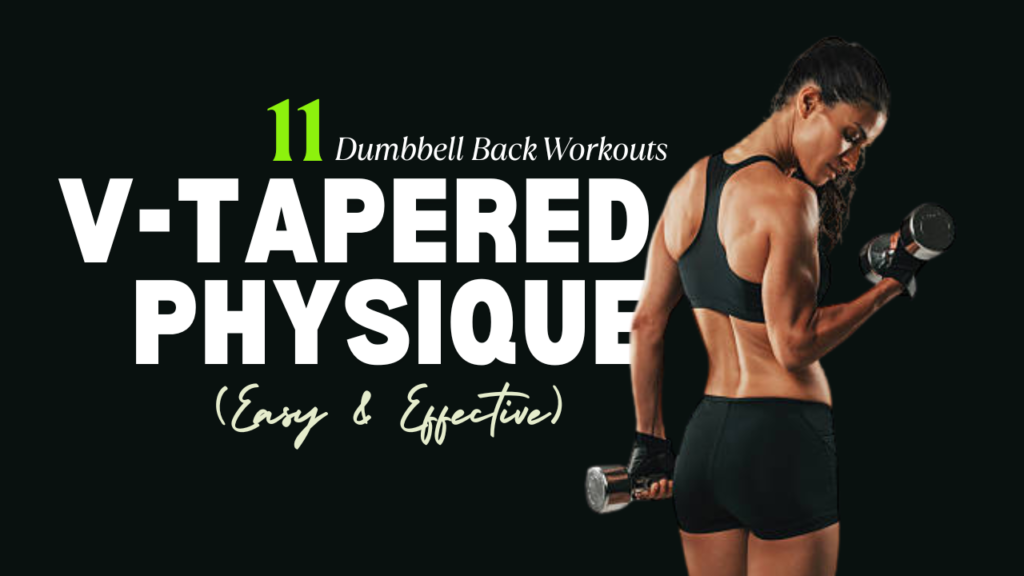
Table of Contents
What Can Happen After 30 Days of Dumbbell Back Workouts
| Result Area | What You Can Expect After 30 Days |
|---|---|
| Muscle Tone | Noticeable improvement in back muscle definition, especially in upper and mid-back. |
| Strength | Increased strength in pulling movements (rows, pull-ups, deadlifts). Lifting heavier dumbbells will feel easier. |
| Posture | Improved posture—reduced slouching and more upright standing/sitting. |
| Mind-Muscle Connection | Stronger connection with your back muscles; better activation during exercises. |
| Core Stability | Enhanced core engagement and balance from moves like renegade rows and suitcase deadlifts. |
| Confidence | Feeling more confident in clothing, better upper-body presence, and visual back shape improvement. |
| Fat Loss (with proper diet) | Mild reduction in back fat and more sculpted appearance (especially around the waist and shoulder area). |
| Workout Consistency | Built a strong habit of training regularly, which can boost overall fitness motivation. |
| Mobility | Better range of motion and flexibility in the shoulders and upper spine. |
| Energy Levels | Elevated daily energy, especially if paired with proper recovery and nutrition. |
Also Read: 13 Dumbbell Chest Workouts That Build Size & Definition Fast
Do’s and Don’ts of Dumbbell Back Workouts
| Do | Don’t |
|---|---|
| Maintain a flat back during rows and deadlifts | Don’t round your spine—it increases injury risk |
| Use a weight that challenges you while keeping good form | Don’t ego lift—form matters more than heavy dumbbells |
| Squeeze your shoulder blades at the top of each rep | Don’t just “lift” the dumbbells—engage your back intentionally |
| Warm up your shoulders and spine before training | Don’t jump into heavy sets cold—it invites strain |
| Train your back 2–3 times per week for optimal growth | Don’t overtrain the same muscles without recovery |
| Include unilateral (one-arm) movements to fix imbalances | Don’t rely only on two-arm movements—they can hide weaknesses |
| Control the eccentric (lowering) part of each rep | Don’t drop the weights quickly—you’ll lose tension and gains |
| Incorporate exercises that hit all regions of the back | Don’t neglect your lower or upper traps—go beyond just lats |
| Focus on posture and alignment with each rep | Don’t lean or twist excessively during rows |
| Track your progress weekly (reps, weight, or sets) | Don’t repeat the same routine forever—your muscles need variety |
Benefits of Dumbbell Back Workouts
- Improves posture: Strengthens stabilizer muscles along the spine.
- Enhances pulling strength: Boosts performance in rows, pull-ups, and deadlifts.
- Defines upper body: Accentuates width and symmetry for a V-shape.
- Fixes imbalances: Dumbbells allow each side to work independently.
- Home-friendly: Perfect for small spaces and time-crunched schedules.
11 Dumbbell Back Exercises You Shouldn’t Miss
1. Bent-Over Dumbbell Rows
Target: Lats, rhomboids, lower traps
How to:

- Hold a dumbbell in each hand, hinge at the hips (back flat).
- Pull the dumbbells toward your waist, elbows tight.
- Pause at the top, squeeze the shoulder blades, and lower slowly.
Pro Tip: Keep your torso at about a 45° angle for maximum tension.
Also Read: 12 At-Home Lower Back Exercises Using Just Bodyweight
2. Single-Arm Dumbbell Row
Target: Lats, rear delts
How to:
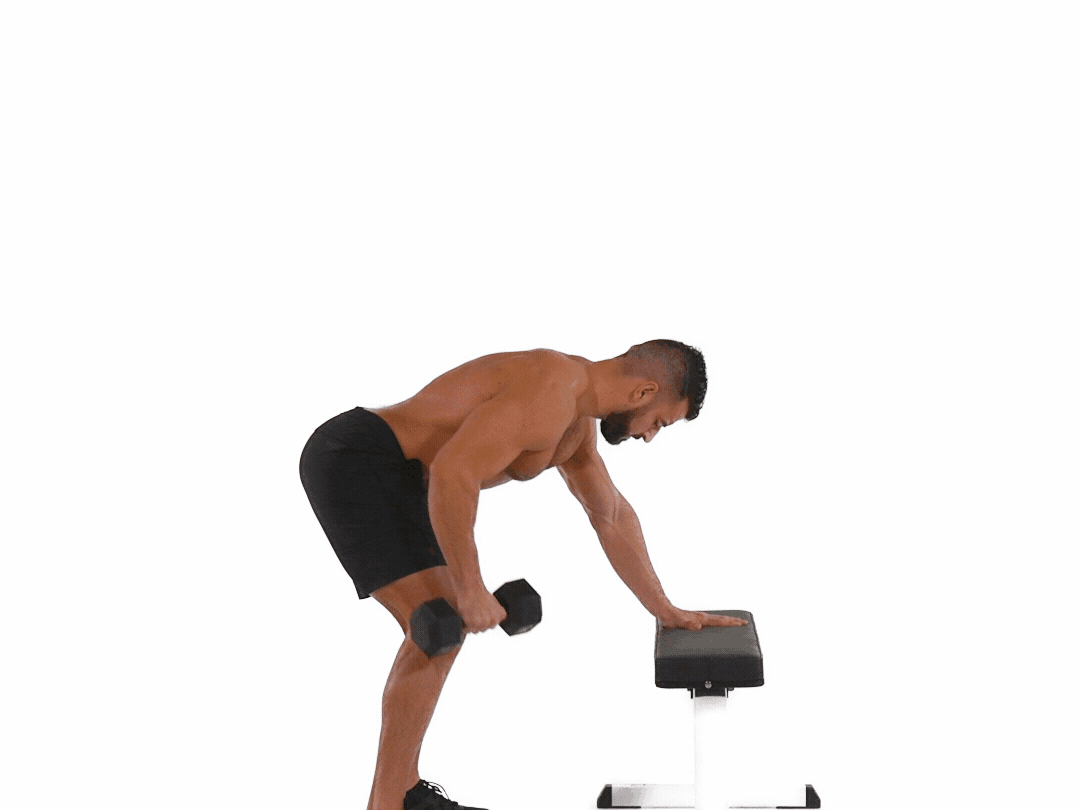
- Place one hand and one knee on a bench.
- Row the dumbbell with your opposite hand, elbow close to your ribs.
- Lower under control.
Why it’s great: Perfect for correcting muscle imbalances between sides.
3. Dumbbell Deadlift
Target: Entire posterior chain—especially lower back and glutes
How to:

- Stand tall holding dumbbells in front.
- Hinge at the hips and lower the dumbbells down your legs.
- Keep a flat back and soft knees.
- Drive through your heels to stand.
Bonus: Strengthens your core and teaches proper lifting mechanics.
4. Reverse Fly
Target: Rear delts, traps, rhomboids
How to:

- Hinge at the hips with a dumbbell in each hand.
- Raise your arms out to the sides (like wings).
- Keep a slight bend in the elbows.
Myth buster: Many think reverse flys only hit shoulders—they’re a back essential.
Also Read: 13 Equipment-Based Calf Exercises to Power Up Your Lower Legs
5. Renegade Rows
Target: Lats, core
How to:
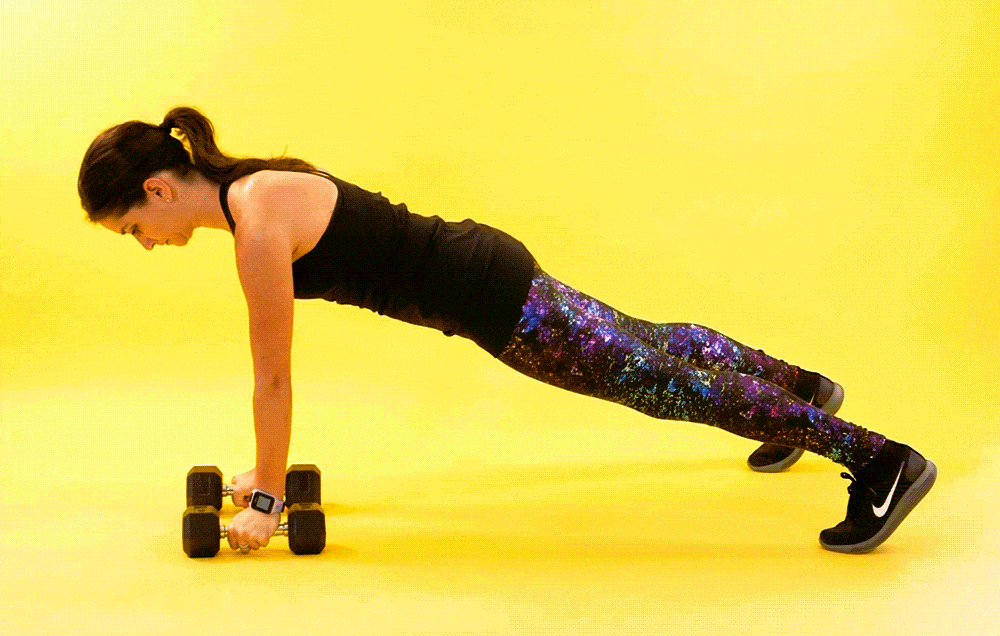
- Start in a plank position holding dumbbells.
- Row one dumbbell toward your ribs without twisting.
- Alternate sides.
Why it works: Core engagement + back activation = full-body burn.
6. Chest-Supported Dumbbell Rows
Target: Upper and mid-back
How to:
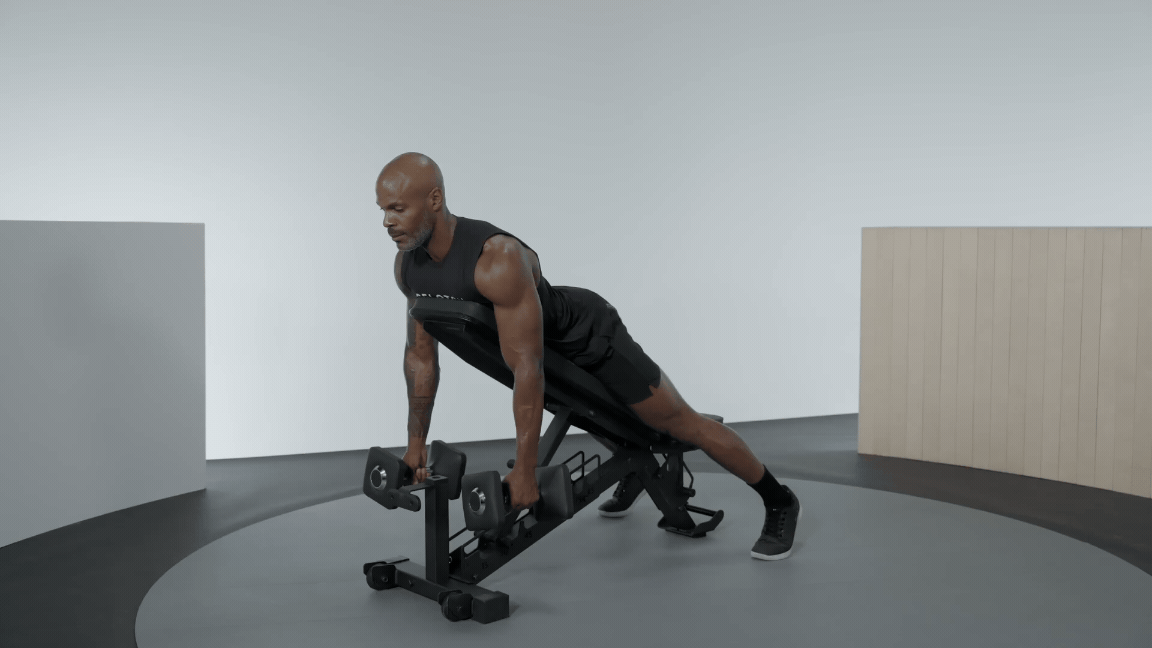
- Lie face-down on an incline bench.
- Let the dumbbells hang, then row them up toward your waist.
- Squeeze at the top, then lower with control.
Fact: Reduces lower back strain—great if you’re rehabbing or avoiding overload.
7. Dumbbell Shrugs
Target: Trapezius (upper traps)
How to:
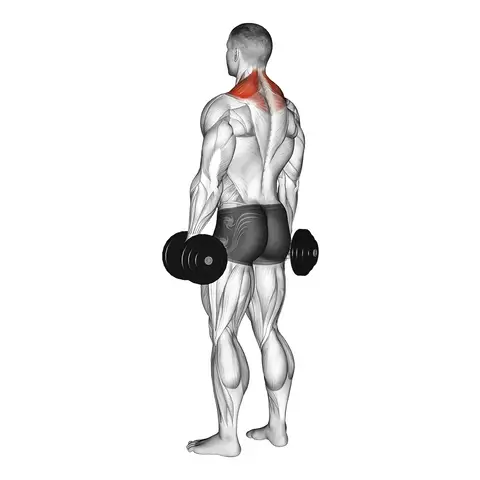
- Hold dumbbells at your sides.
- Shrug your shoulders up as high as possible.
- Hold briefly, then slowly release.
Quick tip: Avoid rolling your shoulders—lift straight up for safety.
Also Read: 11 Abductor Exercises Using Equipment That Boosts Hip Strength
8. Dumbbell Pullover
Target: Lats, chest
How to:

- Lie on a bench, hold a dumbbell with both hands over your chest.
- Slowly lower it behind your head, then bring it back.
Did you know? Pullovers are one of the few dumbbell moves that directly stretch and build the lats.
9. Suitcase Deadlift
Target: Lower back, obliques, glutes
How to:
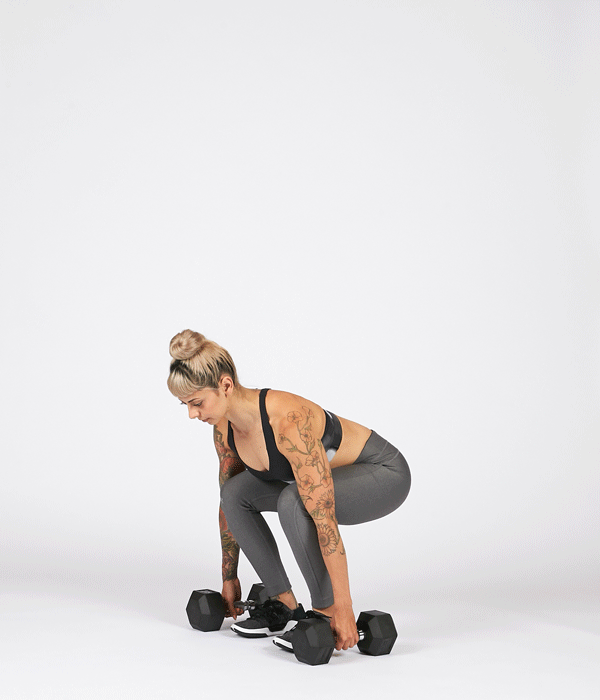
- Place one dumbbell at your side like a suitcase.
- Deadlift it by hinging at the hips.
- Keep shoulders square—don’t lean.
Unique benefit: Great for core stability and real-world strength.
10. Dumbbell High Pull
Target: Upper back, traps, rear delts
How to:
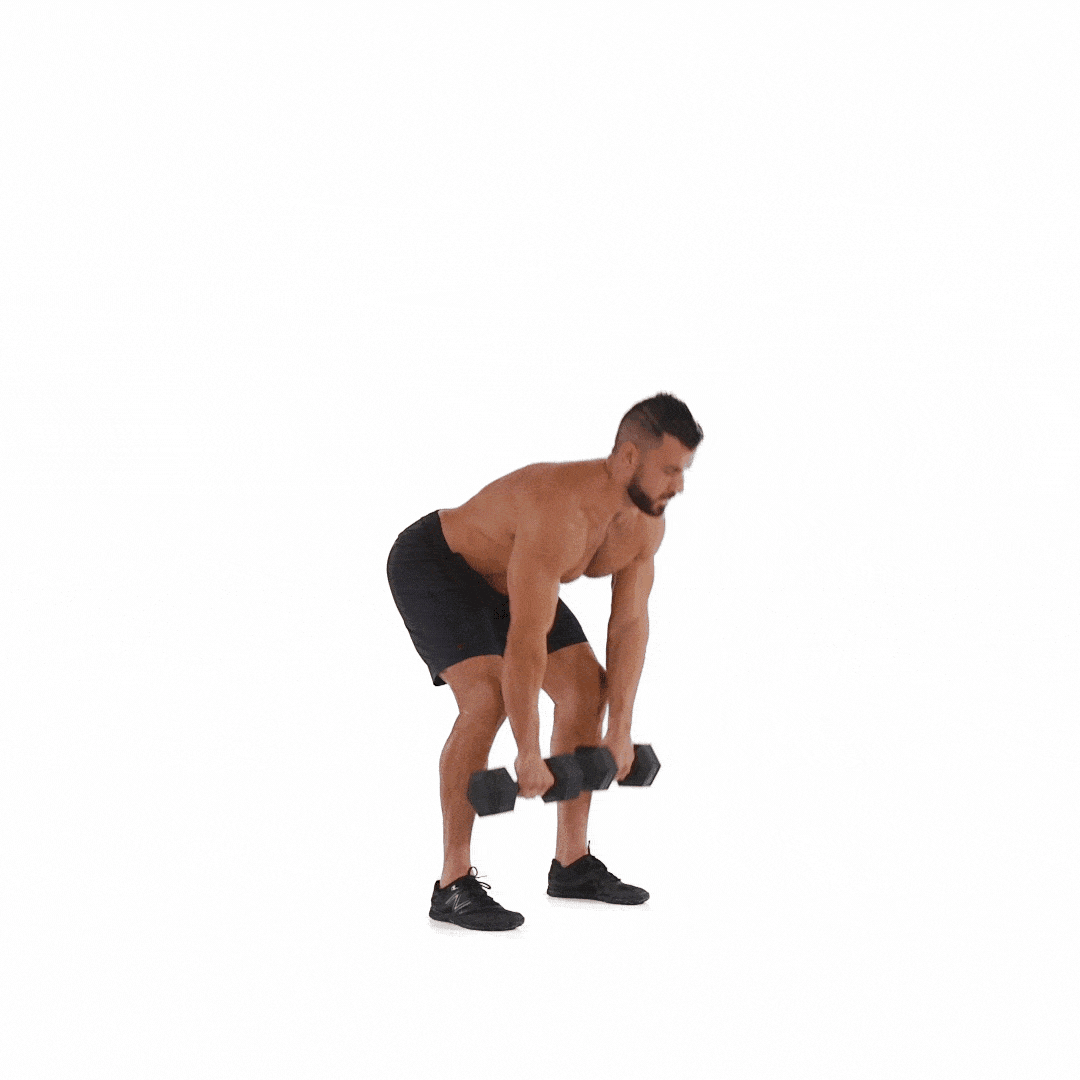
- Stand tall, and hold dumbbells in front.
- Pull them up toward your chin, elbows higher than your wrists.
- Control the descent.
Extra tip: Go lighter to avoid shoulder stress—form matters more than weight here.
Also Read: 13 Adductor Exercises You Can Do With Gym Equipment for Stronger Inner Thighs
11. Dumbbell Y-Raise
Target: Lower traps, rhomboids
How to:
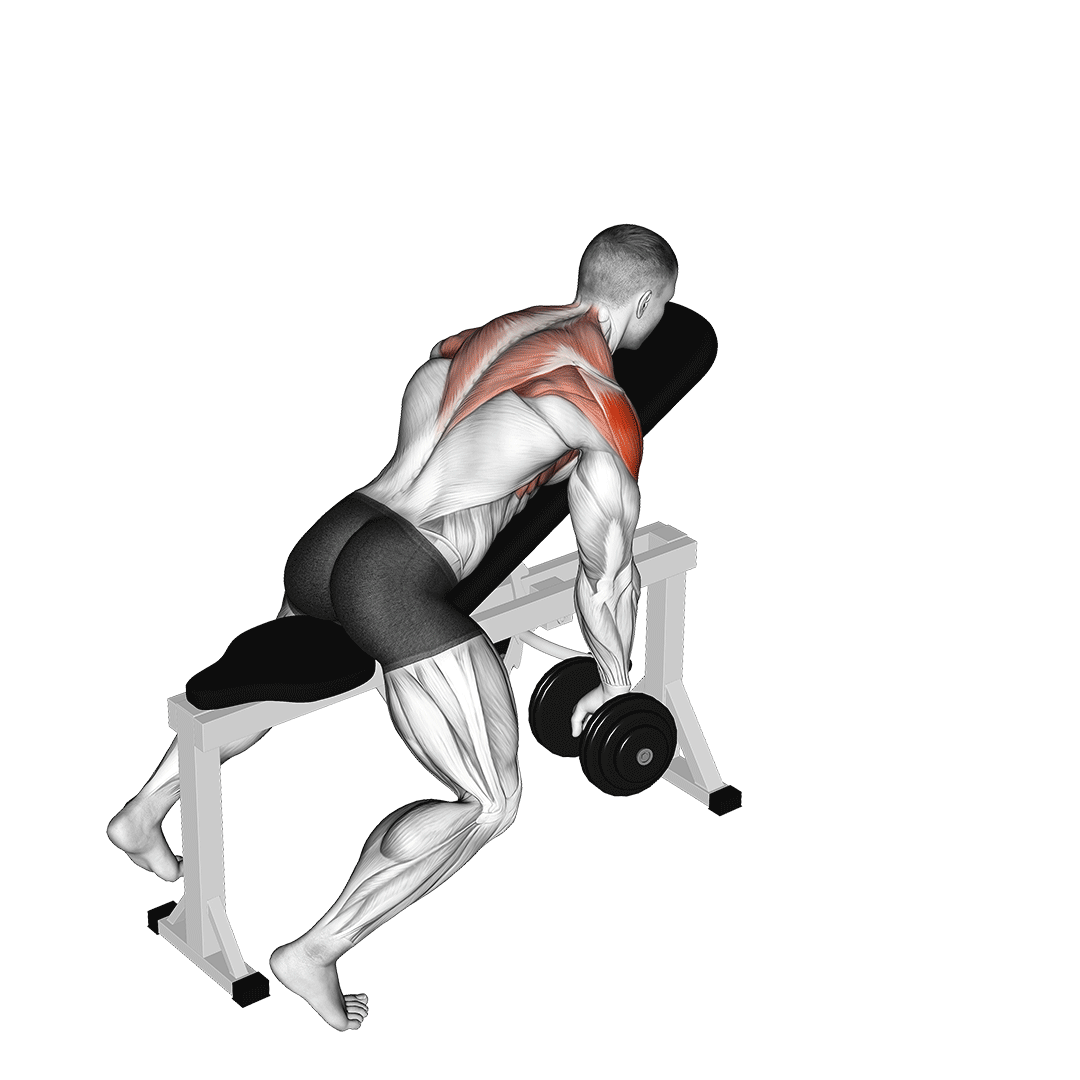
- Lie face-down on a bench.
- Raise the dumbbells in a Y-shape.
- Keep thumbs up and arms slightly bent.
Why it’s underrated: Excellent for posture and shoulder blade stability.
Final Thoughts
Training your back with dumbbells isn’t just convenient—it’s powerful. You’re not only building visible muscle but also reinforcing the very foundation of your posture and strength.
So next time you grab those dumbbells, think beyond biceps. Your V-tapered, sculpted-back journey begins here—one smart rep at a time.
Frequently Asked Questions (FAQs)
Can I build a wide back using only dumbbells?
Yes, absolutely. Dumbbells allow a full range of motion and can effectively target all major back muscles, including the lats, traps, and rhomboids. Consistent progressive overload and proper form are key.
How many times a week should I train my back?
Training your back 2–3 times a week is ideal for most people. Allow at least 48 hours of rest between sessions to promote recovery and growth.
Do I need heavy dumbbells to see results?
Not necessarily. While heavier weights can help build strength, moderate weights combined with perfect form, time under tension, and higher reps can also promote muscle growth.
How long will it take to see visible back development?
With consistent training, proper nutrition, and progressive overload, you may start seeing results in 4 to 8 weeks, depending on your starting point and dedication.
Which dumbbell back exercise is best for the V-taper look?
Bent-over rows and dumbbell pullovers are among the best for developing the latissimus dorsi, the muscle responsible for creating the wide, V-shaped appearance.
Are these workouts suitable for beginners?
Yes, all the exercises listed are beginner-friendly. Start with light weights to master the form before increasing the load.
Can I combine back exercises with other muscle groups?
Definitely. Many people pair back with biceps (pull day) or combine it in a full upper-body routine. Just ensure you don’t overtrain.
What size dumbbells should I start with?
Beginners should start with 8–15 lb (4–7 kg) dumbbells and adjust based on comfort and fatigue. Focus more on form than weight in the beginning.
Will these exercises help with posture?
Yes! Strengthening the back improves spinal alignment, reduces slouching, and supports better posture over time.
Can I do these dumbbell workouts at home?
Absolutely. These exercises require minimal space and equipment, making them ideal for home workouts.










